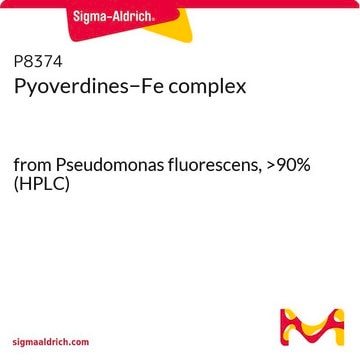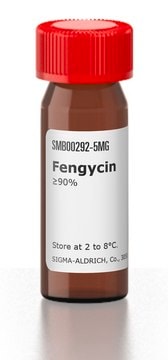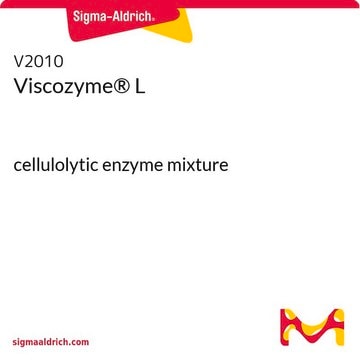E3910
Enterobactin
from Escherichia coli, ≥98% (HPLC)
Synonym(s):
Enterochelin
About This Item
Recommended Products
biological source
Escherichia coli
Quality Level
Assay
≥98% (HPLC)
shipped in
wet ice
storage temp.
−20°C
InChI
1S/C30H27N3O15/c34-19-7-1-4-13(22(19)37)25(40)31-16-10-46-29(44)18(33-27(42)15-6-3-9-21(36)24(15)39)12-48-30(45)17(11-47-28(16)43)32-26(41)14-5-2-8-20(35)23(14)38/h1-9,16-18,34-39H,10-12H2,(H,31,40)(H,32,41)(H,33,42)/t16-,17-,18-/m0/s1
InChI key
SERBHKJMVBATSJ-BZSNNMDCSA-N
General description
Application
- as a positive control in tryptophan fluorescence quenching experiments
- as a reference standard in high performance liquid chromatography to quantify Kosakonia radicincitans culture medium siderophores
- in the crystallization reservoir to remove iron contamination in the medium and in Fe-enterbactin binding studies
Biochem/physiol Actions
related product
Storage Class Code
11 - Combustible Solids
Flash Point(F)
Not applicable
Flash Point(C)
Not applicable
Certificates of Analysis (COA)
Search for Certificates of Analysis (COA) by entering the products Lot/Batch Number. Lot and Batch Numbers can be found on a product’s label following the words ‘Lot’ or ‘Batch’.
Already Own This Product?
Find documentation for the products that you have recently purchased in the Document Library.
Customers Also Viewed
Our team of scientists has experience in all areas of research including Life Science, Material Science, Chemical Synthesis, Chromatography, Analytical and many others.
Contact Technical Service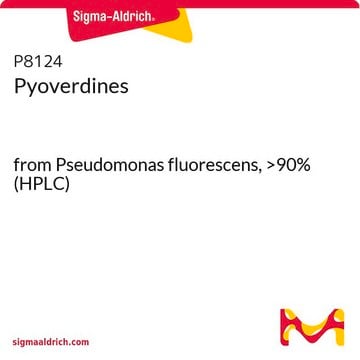
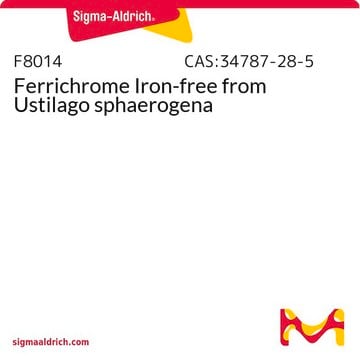



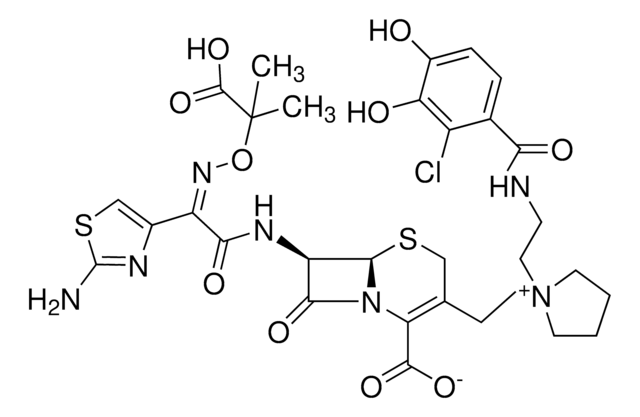
![(±)-(E)-4-Ethyl-2-[(Z)-hydroxyimino]-5-nitro-3-hexen-1-yl-nicotinamide ≥97%](/deepweb/assets/sigmaaldrich/product/structures/285/524/99543643-31d0-4c4f-b8da-9b1f872868ad/640/99543643-31d0-4c4f-b8da-9b1f872868ad.png)
